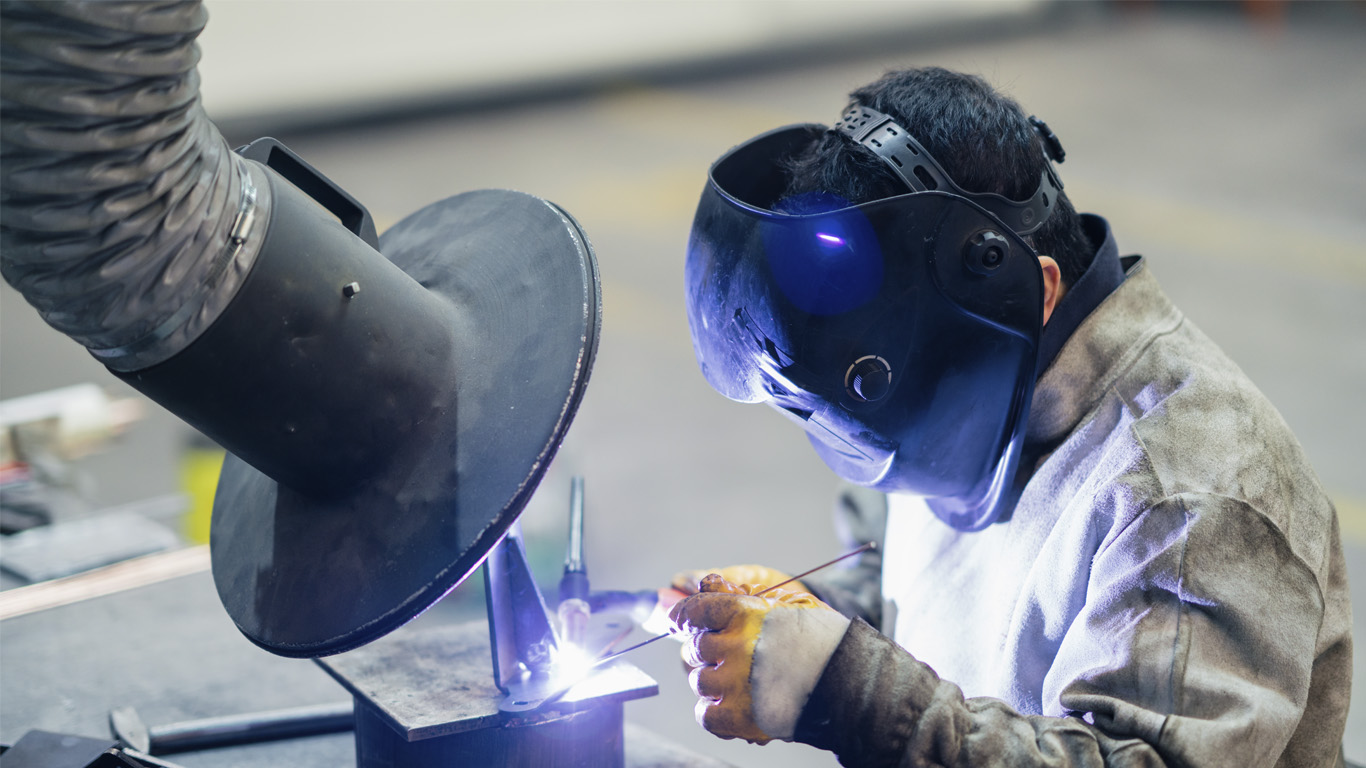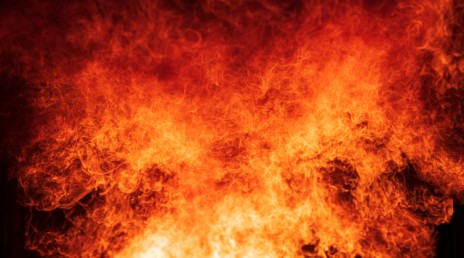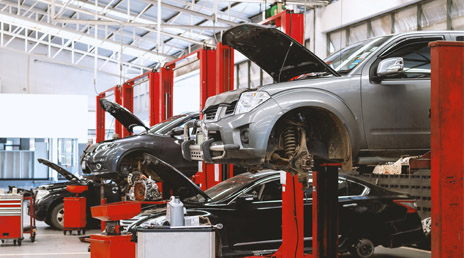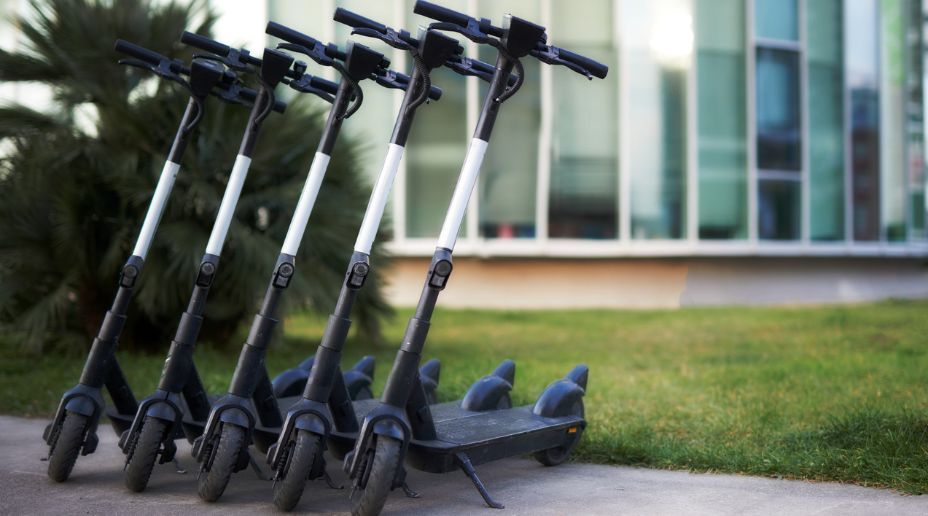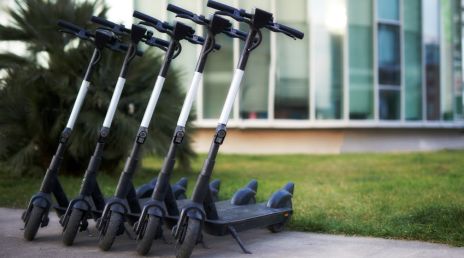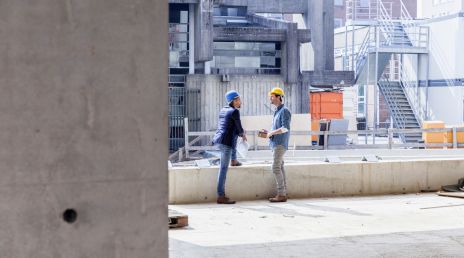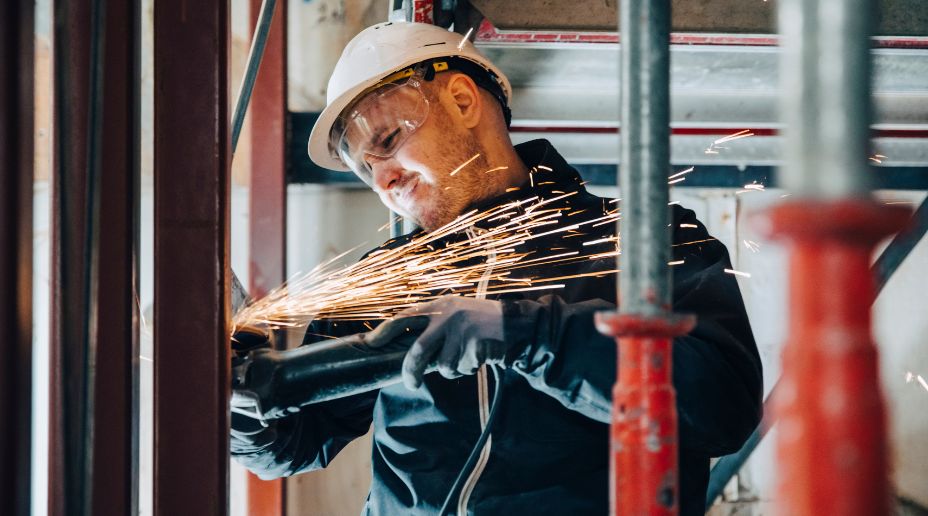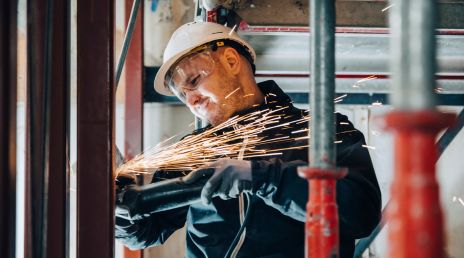Breathing in airborne contaminants that includes dust, mist, fumes, gas or vapours may cause a number of occupational diseases. As well as asthma, an employee could suffer extrinsic allergic alveolitis, lung scarring and even cancer as a result of exposure.
It’s a risk that’s present in a variety of occupations for example; car shops, where exposure to paint mist released when spraying can cause problems; joinery firms, where wood dust means that carpenters and joiners are four times more likely to get asthma; and bakeries, where flour dust can cause respiratory diseases.
EMPLOYERS MUST PREVENT, OR ADEQUATELY CONTROL, EXPOSURES TO SUBSTANCES HAZARDOUS TO HEALTH
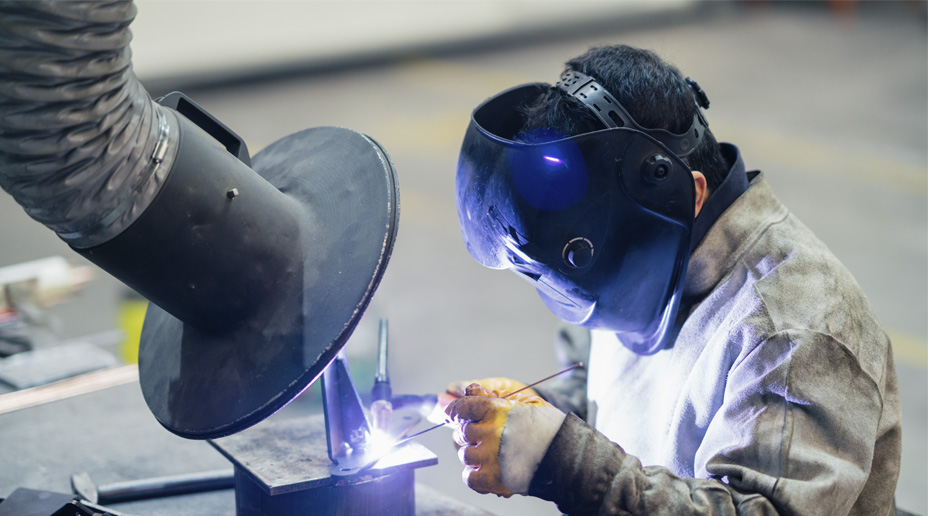
Local exhaust ventilation
Where an employer is unable to prevent the risk of exposure, for instance by changing the method of work or using a safer material, a common approach to controlling exposure is by implementing local exhaust ventilation systems (LEV).
Different systems are available dependent on the type of work being undertaken and can range from an on-tool extractor on a soldering iron or hand sander right through to a walk-in booth for paint spraying. Regardless of size or shape, they all operate on the same principle – collect the air containing the contaminants and get rid of them safely.
When the right system is in place, LEV is very effective. To ensure this is the case, it’s important to get the right type for the process and contaminant that needs to be controlled. The Health & Safety Executive (HSE) recommends1 involving employees in the design and selection of the system: they will understand the process and how they can be protected. In addition, this involvement can encourage them to use the LEV when it’s implemented.
LEV also needs to be installed properly. The HSE recommends2 that airflow indicators or equivalent are positioned on the hoods so they are visible to the operator and provide an immediate indication that the LEV is performing correctly. Airflow is the main reason a system doesn’t work so these indicators will immediately alert employees to any problems.
Employees also need to understand how to use the LEV system properly, with training provided where necessary. The HSE recommends1 that this covers topics including the harmful nature of the substances they could be exposed to; how the LEV system works; and what to do if something goes wrong.
EMPLOYERS MUST PREVENT, OR ADEQUATELY CONTROL, EXPOSURES TO SUBSTANCES HAZARDOUS TO HEALTH
Inspection routine
A regular inspection programme is also essential. Under COSHH, a thorough examination and test of the LEV system must be carried out by a competent person at least once every 14 months, with employers required to keep records for at least five years.
Some systems will require more frequent testing, depending on how complicated they are, how likely they are to fail and the consequences if they do fail. In some instances, it may need to be checked as often as once a month.
The inspection will test the LEV system against the performance recorded in the commissioning report provided by the supplier, examining details such as airflow and pressure measurements, control effectiveness and, in some cases, exposure measurement.
Where everything is in order, the examiner will put a tested label on each LEV, with the date of the next test. If the system has failed, a red fail label will be issued to the designated employer contact along with a full de-brief where the examiner will provide details of what work needs to be undertaken to safeguard employees from airborne contaminants.
It’s also important the examination and test are conducted by someone who is competent to do so. There are no formal requirements for this, with the HSE saying it comes down to the right mix of skills, knowledge and experience.
Asking about accreditation, qualifications, experience, or references, can help establish whether someone is competent. Trade associations and insurers can also supply details of suitable examiners.
Although a thorough examination is a legal requirement, it’s also prudent to have a system of more frequent, but less formal, checks and maintenance in place to ensure the LEV continues to function as intended. This could include daily checks by the operator plus weekly and monthly checks by the supervisor and the safety representative.
Taking this approach will encourage employees to report any faults and reduce the likelihood of any surprises when the thorough examination is conducted. The examination results can also be used as an audit, highlighting where improvements need to be made in an employer’s system of checks and maintenance.
Safeguarding employee health is essential. Putting the right LEV systems in place, and ensuring they provide the necessary protection at all times, will help to prevent them from contracting the health issues associated with airborne contaminants.
Allianz Engineering, Construction & Power can offer LEV inspections. We also maintain links with other organisations who can offer services directly related to an effective Management System. This includes, but is not limited to:
- Risk Assessments
- Retrospective LEV Commissioning
- Air monitoring
- Filter testing
1Source HSE – http://www.hse.gov.uk/pubns/indg408.pdf
2Source: HSE – http://www.hse.gov.uk/lev/faqs.htm#q1
